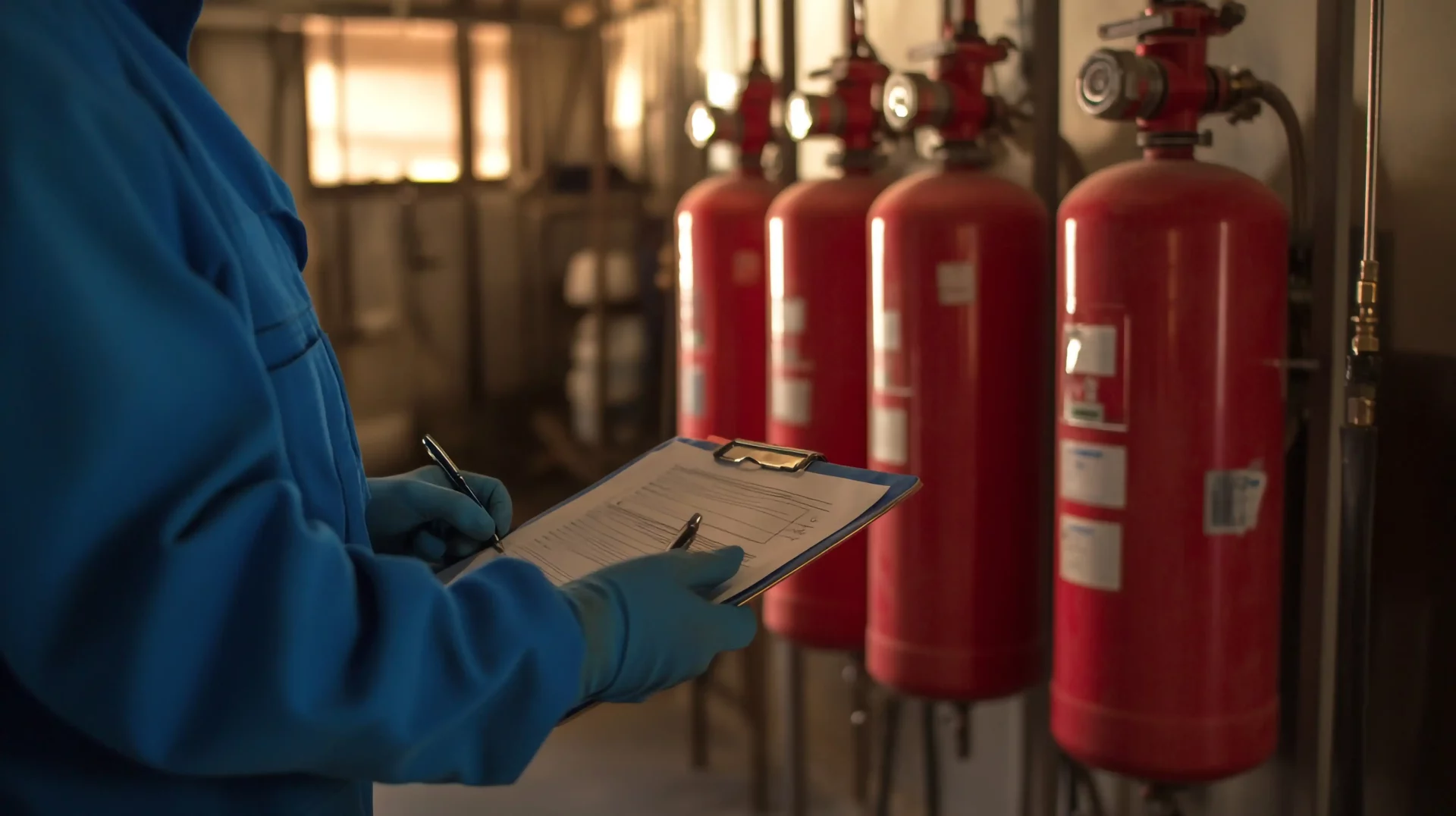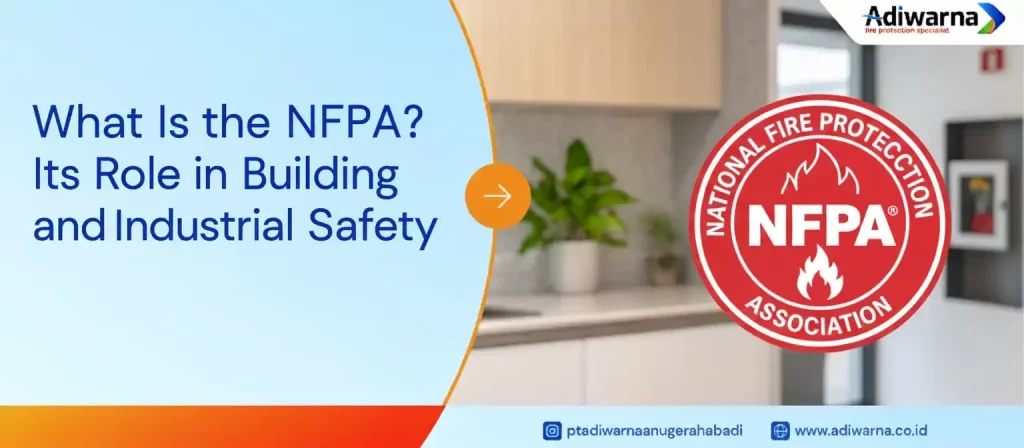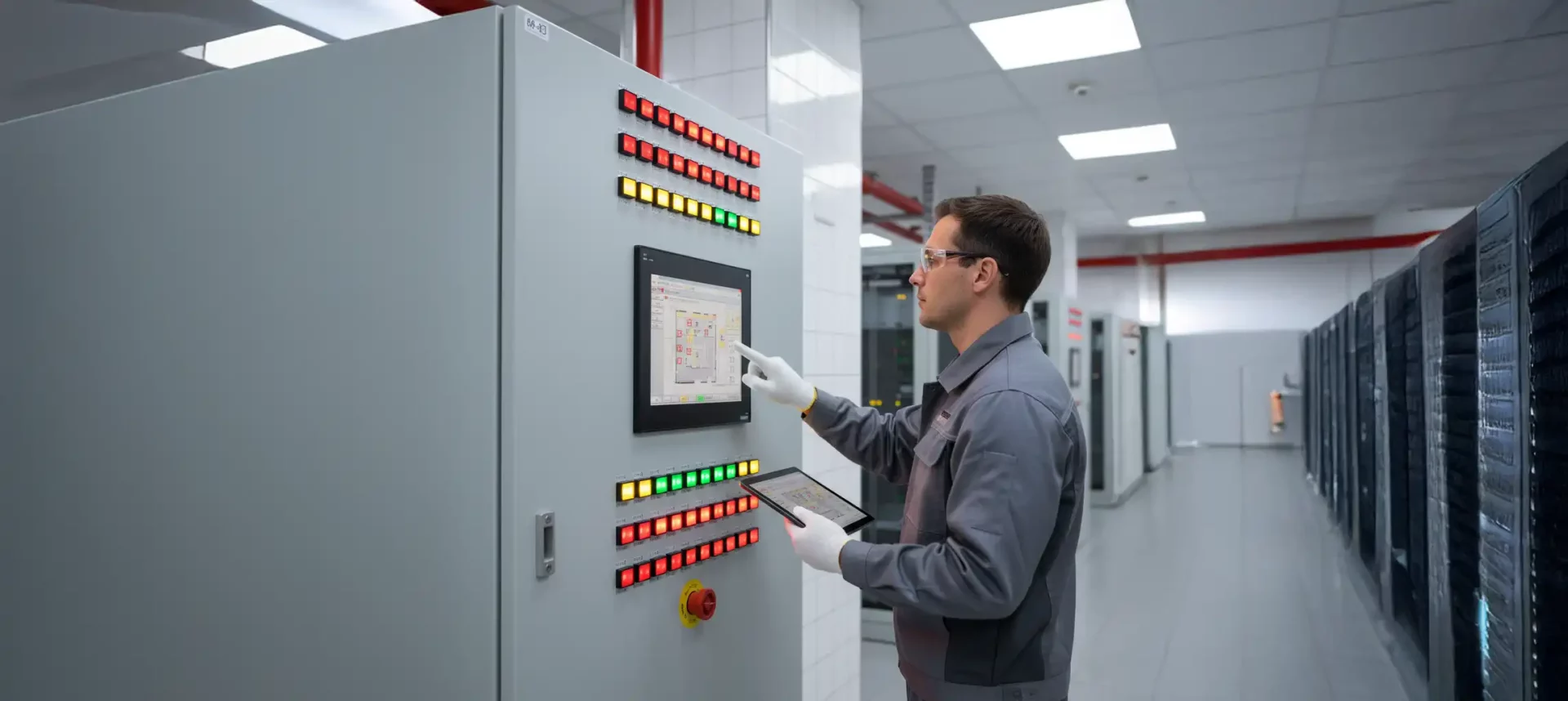What is the NFPA? This question often arises when discussing safety standards for buildings and industrial facilities. The NFPA, or National Fire Protection Association, is a nonprofit organization that has established hundreds of international standards to prevent fires and protect lives and assets.
Founded in 1896 in the United States, the NFPA is now the global benchmark for implementing effective and measurable fire protection systems.
Understanding the role and standards of NFPA is very important, especially for parties involved in the planning, construction, and management of buildings or industrial facilities.
These standards are not just about compliance, but also about creating a safe environment and being prepared to deal with fire risks systematically.

What Is the NFPA and Why Is It Necessary?
The NFPA serves as a reliable, consensus-based guideline for designing, constructing, and operating facilities to ensure they are safe from fire risks. This standard is used by engineers, building owners, contractors, and government regulators as a reference for implementing effective fire protection systems.
The NFPA is crucial because it combines international best practices into a structured standard document. By following these guidelines, you can ensure that your fire protection system is professionally designed and managed in accordance with globally recognized regulations.
The Important Role of NFPA in Building and Industrial Safety
Improving the Installation and Operation Standards of Protection Systems
One of the NFPA’s primary roles is to improve the quality and standards of fire protection systems such as fire extinguishers, sprinklers, hydrants, and fire alarms. These standards not only ensure proper installation but also ensure that the systems operate optimally in an emergency.
Minimizing the Risk of Fire and Loss
By following NFPA standards, the risk of fire and its damaging effects can be significantly reduced. This is because every step—from installation to testing to maintenance—is carefully regulated systematic A properly functioning protection system will speed up evacuation and minimize loss of life and material losses.
Supporting International Safety Audits and Certifications
Many industries and institutions across the world adopt NFPA standards as a basis for undergoing safety audits or obtaining international certification. Compliance with these standards also demonstrates a commitment to professional and credible occupational safety governance.
The Most Widely Used NFPA Standards
The NFPA has hundreds of standards, but some of them are very crucial in construction projects, industrial facilities, and office buildings.
What Is the NFPA 10 (APAR)
This standard governs the installation and maintenance of portable fire extinguishers (APAR). NFPA 10 specifies the quantity, location, routine inspection, and periodic testing requirements for fire extinguishers to ensure they are always ready for use. Fire extinguishers must also be readily accessible, free from obstructions, and properly labeled.
NFPA 13 (Sprinkler)
NFPA 13 covers the technical details of the design and installation of automatic sprinkler systems. The goal is to ensure the system can automatically extinguish a fire before it spreads. Regular updates to this standard are made to reflect the latest technology.
NFPA 72 (Alarm)
This standard covers fire detection and alarm systems, including smoke and heat sensors and evacuation systems. NFPA 72 ensures optimal alarm system performance through regular testing and the availability of battery backups for emergency situations.
What Is the NFPA 25 (Protection System Maintenance)
NFPA 25 focuses on the maintenance of water-based protection systems such as sprinklers, hydrants, and fire pumps. Routine maintenance in accordance with this standard is essential to ensure the system remains responsive when needed.
Understanding the NFPA is crucial for building a reliable, internationally recognized fire safety system. The NFPA not only helps minimize fire risks but also ensures optimal system performance through proper installation, testing, and maintenance.
For those of you planning or undertaking a building project, it’s important to choose a partner who is experienced and adheres to NFPA standards. Adiwarna is here as a fire extinguisher distributor trusted which prioritizes international standards in every implementation.
With the support of a team of experts and compliance with NFPA codes, Adiwarna is ready to help create a safer and more protected environment from fire risks.







